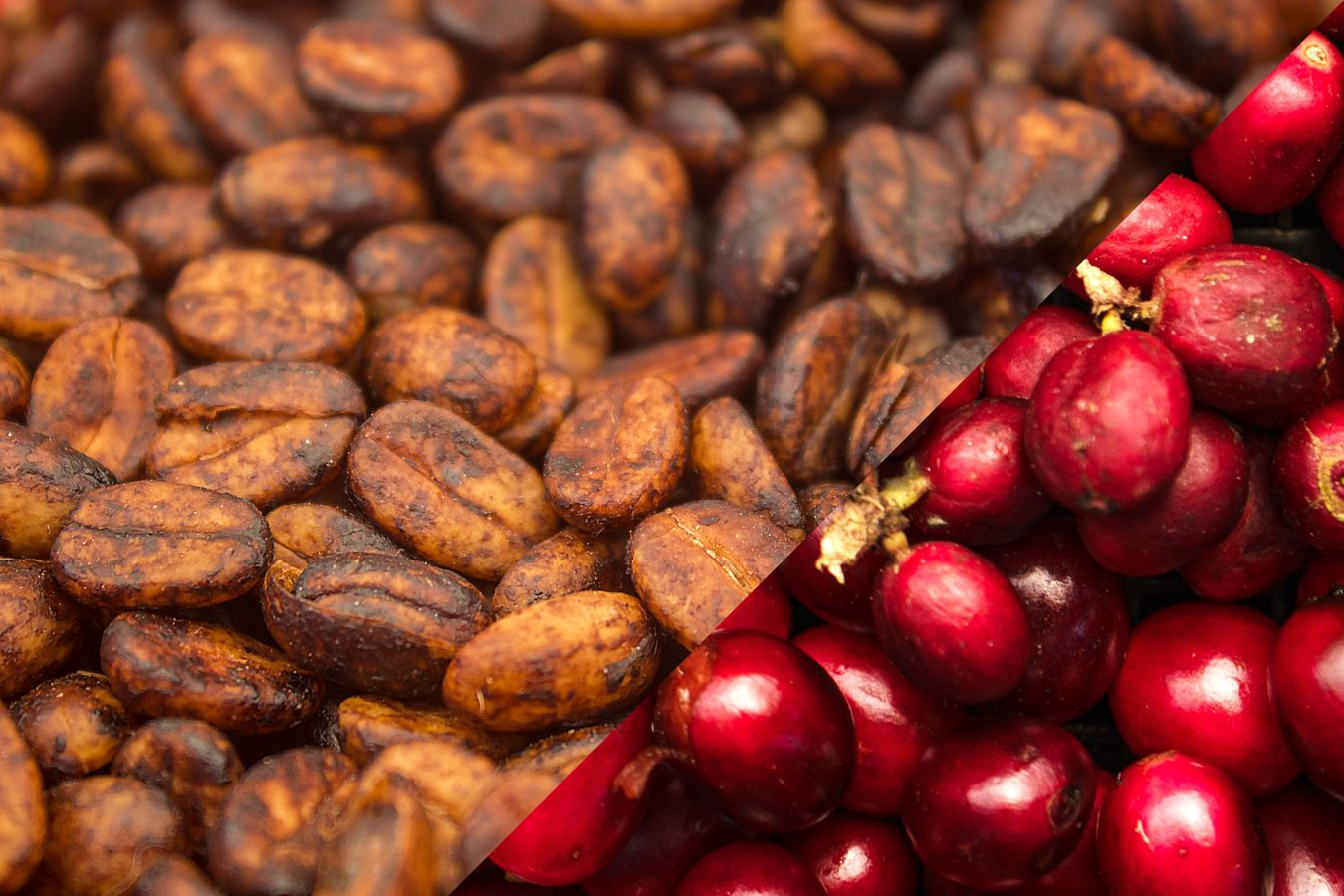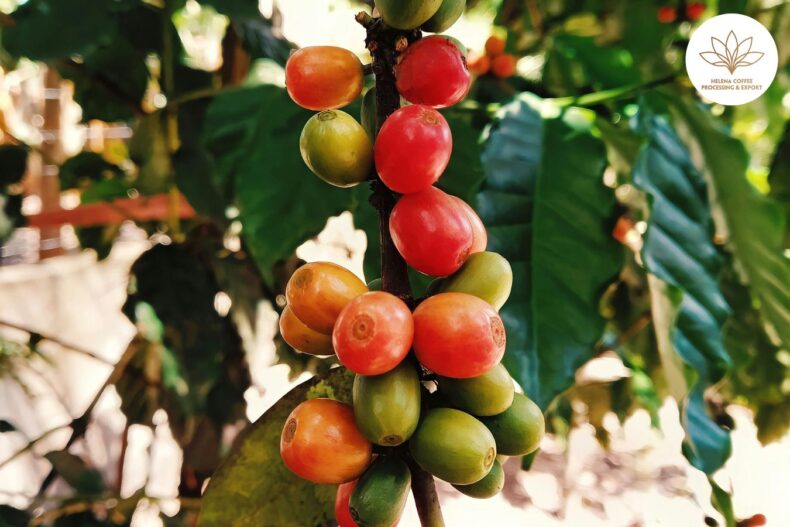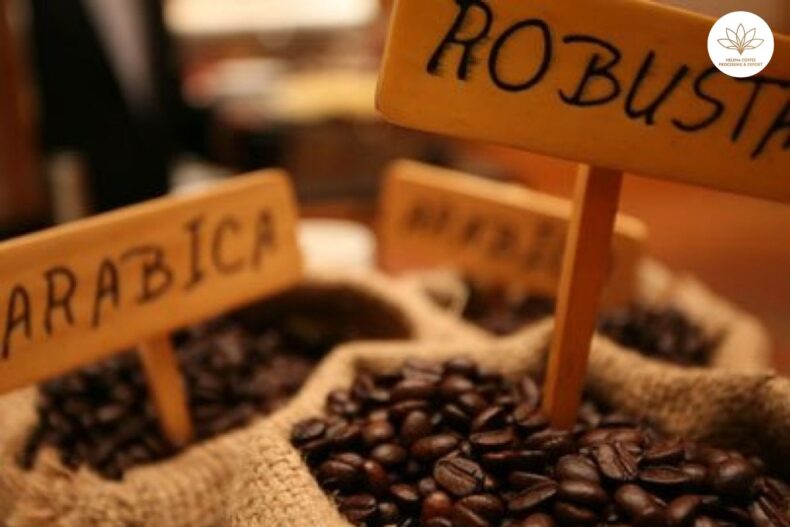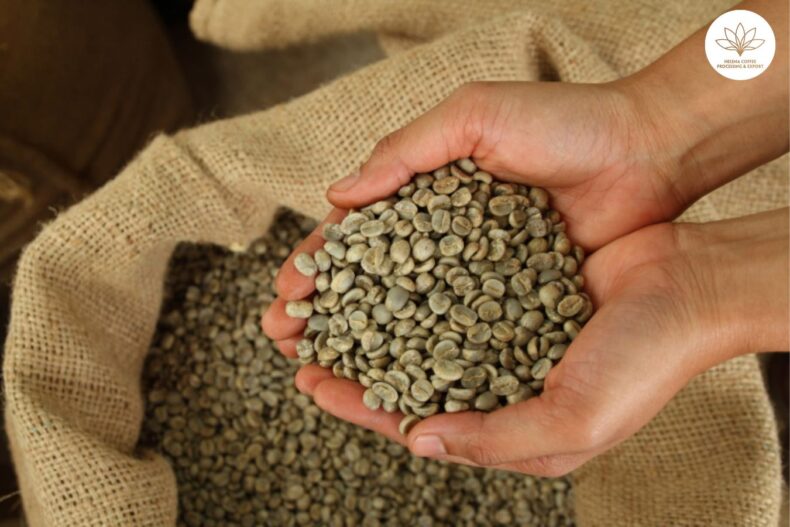
Honey Processed Coffee Beans: Have you ever chosen for yourself a packet of preprocessed coffee with honey and wondered what preprocessed honey means? And is it any better than the natural coffee you had last week?
This article is really for you. We will take a look at what is honey processing. Why is it good, and what makes it stand out among the baristas and roasters?
#Fact 1: Why is called honey Processed Coffee Beans?
The three most common coffee beans processed globally are natural, wet, and honey processing. Natural preprocessed coffee is how the almonds are internally dried before peeling and ground. Coffee beans are cleaned/washed before grinding to remove the mesocarp layer (also known as mucilage) before being dried and ground. Processing coffee beans with honey helps bridge the gap between wet and natural coffees; Coffee cherries are pounded and dried with the remaining mucilage.
The term ” honey processing ” may mislead people into thinking that honey is used in the production of coffee or that the coffee has a honey flavor – but the reality is both are all correct.
This process gets its name because the coffee beans will become sticky, like honey, before drying. Once the beans are separated from the cherries, the coffee will still be wrapped in mucilage, and after drying, the beans will continue to reabsorb moisture from the air and become sticky like candy.
#Fact 2: Why is honey processing so popular with coffee growers?
Honey processing originated and gradually became popular in Costa Rica, where this method was preserved after they felt the growth and continuous improvement of the quality of the coffee beans. And since then, this method has gradually spread everywhere.

But why didn’t the Costa Ricans adopt this method in the first place? For farmers to increase the quality first (price goes up later) of coffee, they only have a few options: change the cultivar, or innovate the processing technique.
Just like most of you will adjust and change the parameters of the coffee grinder with the volume, pressure, and temperature, farmers will also instead experiment on their own.
It is better to have a specific coffee processing technique than risk changing your farming model or investing in a new one that can take years to bear fruit.
#Fact 3: Honey-processed coffee: a long and delicate work
Processing coffee through honey is not easy at all. It will take you quite a while, and you have to be careful. So what goes into this preprocessing process?

The prerequisite is that the grower will only select the ripest cherries from the coffee tree. Coffee beans are shelled, leaving a plastic outer layer. This resin layer carries a large amount of molasses and acid, which is the finished product for this honey processing.
The next stage is more elaborate: the drying process.
This is the stage that needs exact time to perfect. And here, you do not dry the coffee beans too quickly. Because if you do, the coffee flavor will not be preserved from the plastic layer to the beans. And it’s equally important that you don’t dry the beans too slowly. Elaboration will take quick enough to limit the fermentation of the beans. Otherwise, the coffee will quickly become moldy.
How do achieve the necessary balance?
Coffee is spread out on a drying substrate or concrete; the coffee needs to be raked repeatedly until the specific moisture content is reached. The process takes about 6-10 hours.
After that, the coffee is stirred once a day for a minimum of 6-8 days. This process is quite lengthy, but the fact is that preprocessed coffee beans at this stage often need the same length because overnight, a coffee bean will catch the moisture of the air, making the preliminary processing take a lot of time the next day.


